Volvo Photo Locations Part 206

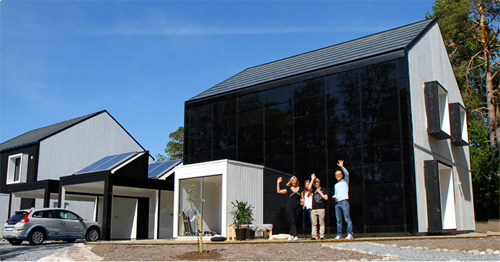
2011 – Volvo C30 Electric
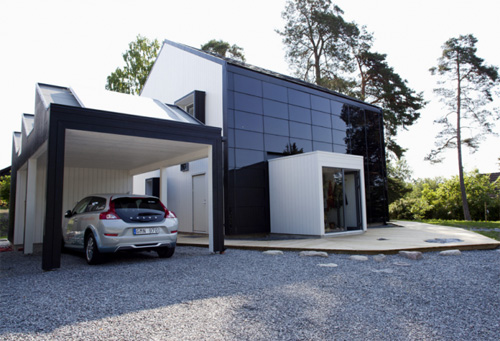
2011 – Volvo C30 Electric
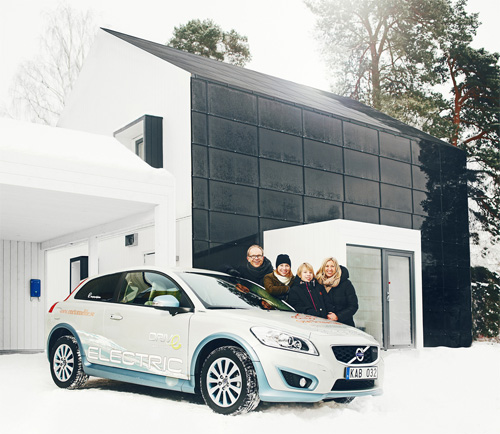
2011 – Volvo C30 Electric
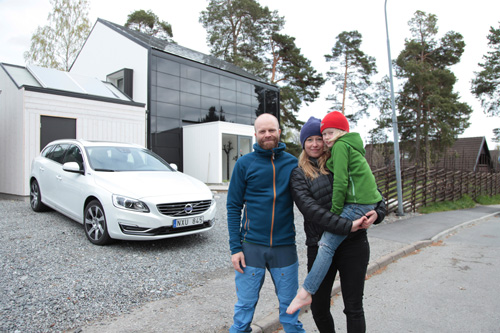
2014 – Volvo V60 Plug in Hybrid
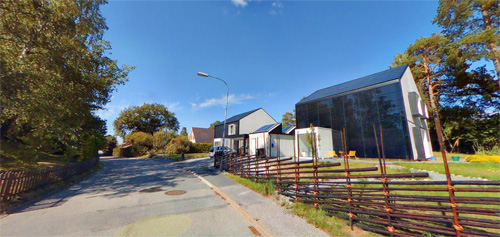
2016 – Älghagsstigen in Hässelby in Stockholm (Eniro Streetview)
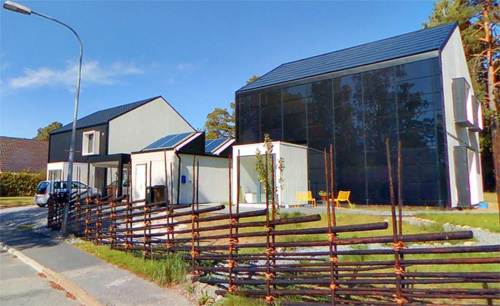
2016 – Älghagsstigen in Hässelby in Stockholm (Eniro Streetview)

2016 – Älghagsstigen in Hässelby in Stockholm (Eniro Streetview)
On Älghagsstigen in Hässelby, a suburb of Stockholm, an social experiment took place in 2011. A family was aksed to live 6 months in a cutting edge house, with a cutting edge car, and cutting edge technologies to monitor their every move. The goal of the project was to investigate how low-impact products and behaviors can systematically produce a climate-smart lifestyle. Each family member was striving to reduce their personal footprints to one ton of carbon impacts for the year. One ton is an incredibly ambitious target, particularly since the project is designed to utilize modern innovations and integrate appropriate technologies into fully developed regions of the world.
One Tonne Life was a project initiated by A-hus, Vattenfall and Volvo Cars. Each of these three organizations played an integral role in the families potential success for reaching their goal. A-hus provided the construction of the wood-framed house, Vattenfall much of the technologies used for energy production and monitoring, and Volvo with their C30 electric car.
A-hus created a pretty rockin’ abode for the One Tonne project. The structure is not only beautiful, but packs a high performance punch. Architect Gert Wingardh designed the home with a well-insulated, leak proof frame, making sure that every bit of energy stays as long as it can inside of the home. One strategic way this was accomplished was the addition of an entry porch that has two doors, eliminating the amount of cold air that is brought into the home on those cold Sweden days. Similar to this concept are window cubes, which were strategically designed to allow the low winter sun to enter while blocking the high summer sun from overheating the interior.
Vattenfall‘s contributions to the success of One Tonne Life are extensive. They provided all sorts of innovative ingredients to the energy recipe of the project. One such product is a unique solar cell, which in partnership with A-hus, was integrated into the roof and south-facing wall of the home’s shell (as seen in the image above). 40 square meters of these cells provide around 3,000 kWh a year of electricity, which isn’t spectacular by solar standards but extremely beneficial when considering that they can be utilized in ways which normal PV panels can’t. Vattenfall also placed more traditional solar thermal panels on the roof of the carport. These panels feed energy into two 300 liter storage tanks which is then transferred into the home where it provides hot water and space heating. Both forms of solar energy are on a system of net-metering, meaning that when they produce more energy than they use, the excess electricity is sold back to the grid.
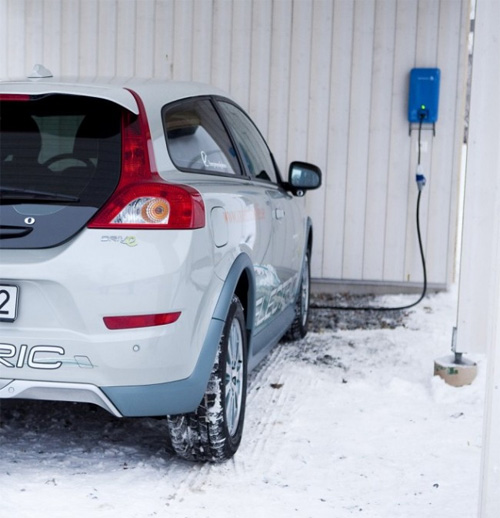
2011 – Volvo C30 Electric
The Volvo, yes, this electric ride of theirs is next-level! The C30 is completely electric and can be charged by a household socket or a roadside charging station. It takes about 8 hours to fully charge the car, and once it’s fully juiced can drive up to 150 km (94 miles), which is more than sufficient for the vast majority of a family’s daily needs. It is not a slug either, zipping from 0-60 in about 10.5 seconds while reaching a top speed of 130 km/hr. What makes the C30 particularly game-changing is when the electricity powering it is supplied by onsite renewable sources. Once this is accomplished, a true carbon-free transportation option is reached, outside of the impacts of producing the vehicle.
After 6 months, the experiment was successfully finished and the house was sold to another family.
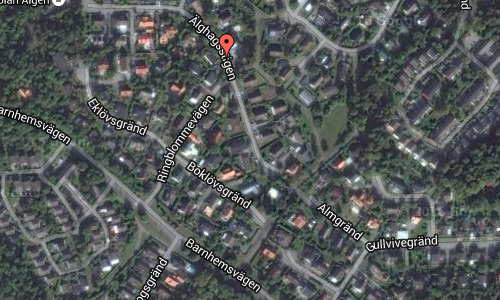

More information at www.media.volvocars.com, www.a-hus.se and onetonnelife.com.



 Posts
Posts